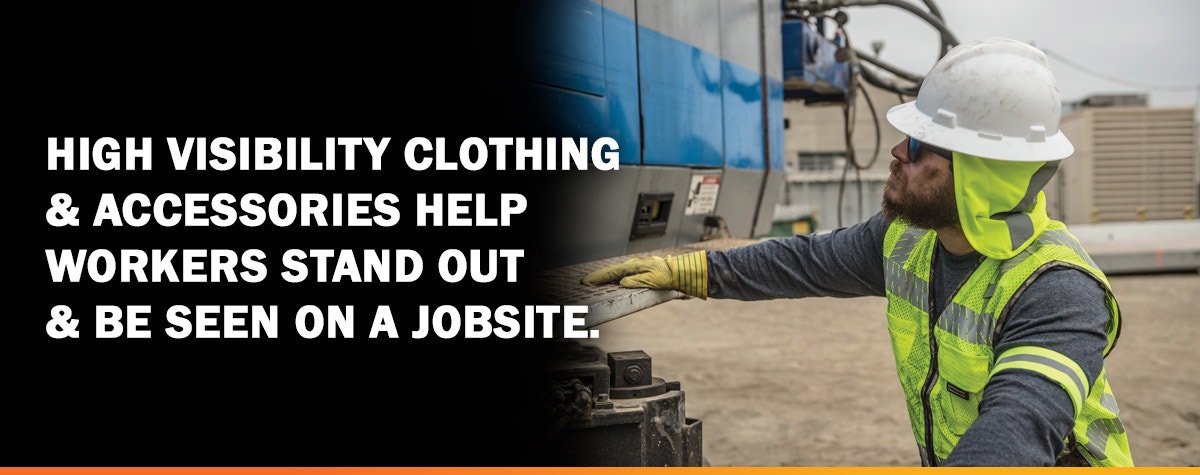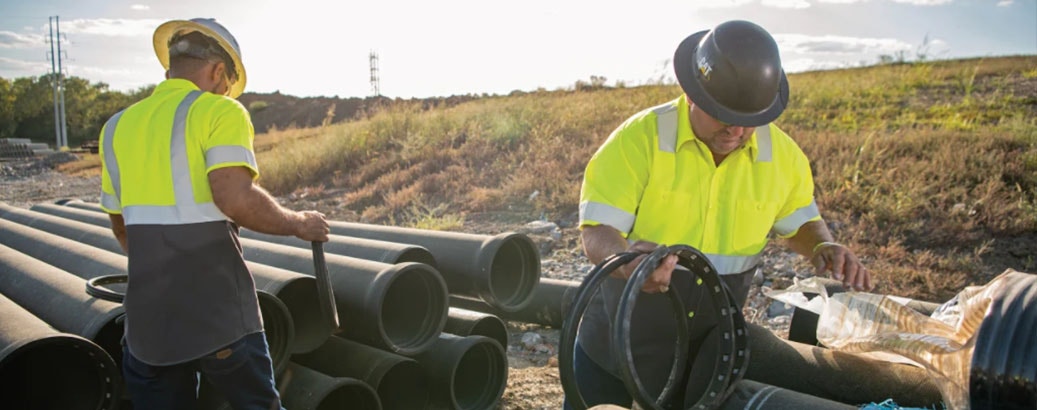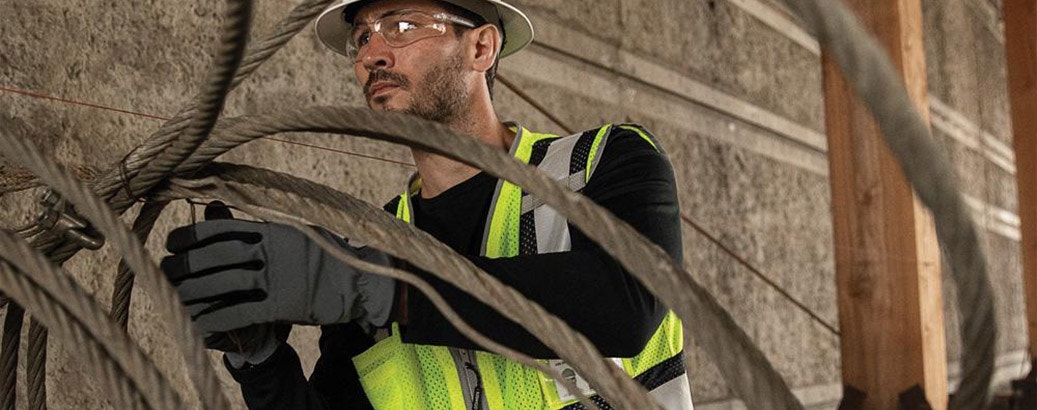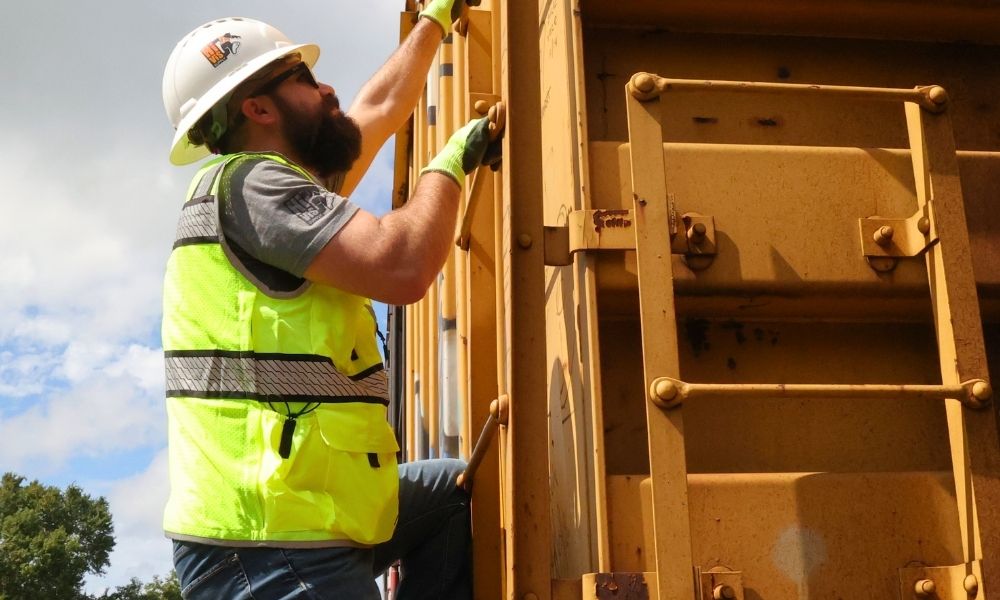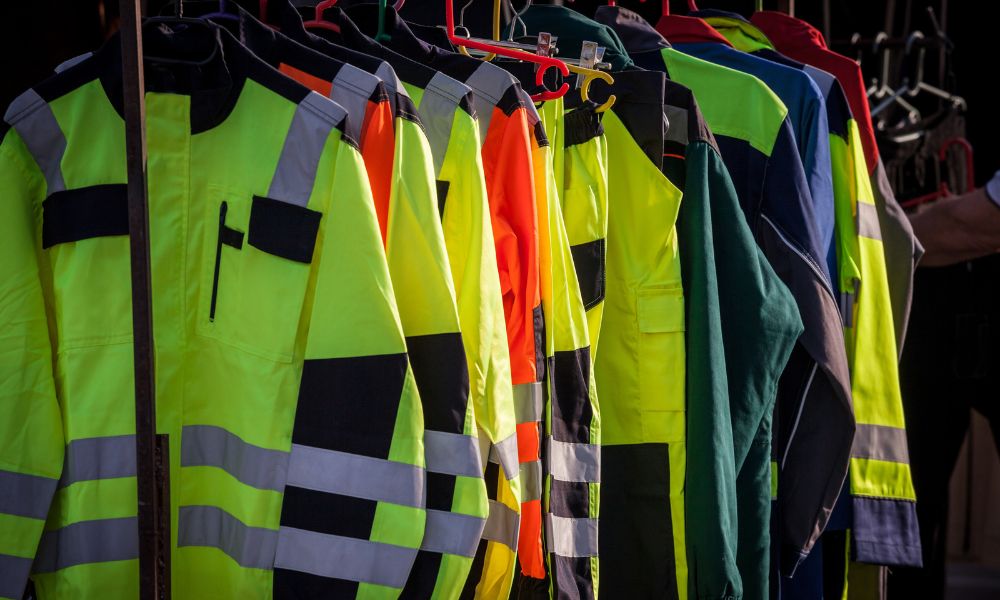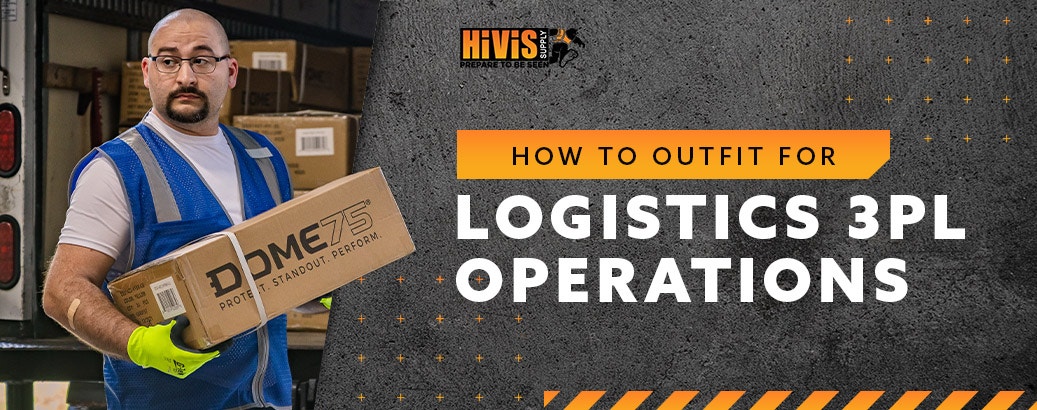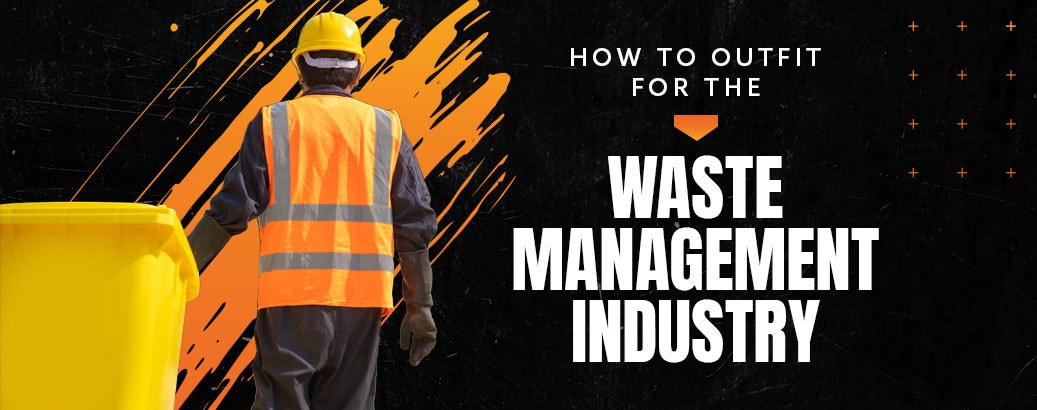How to Choose the Best Cold Weather Headwear for Work this Winter
- By HiVis Supply
- Jan 9, 2020
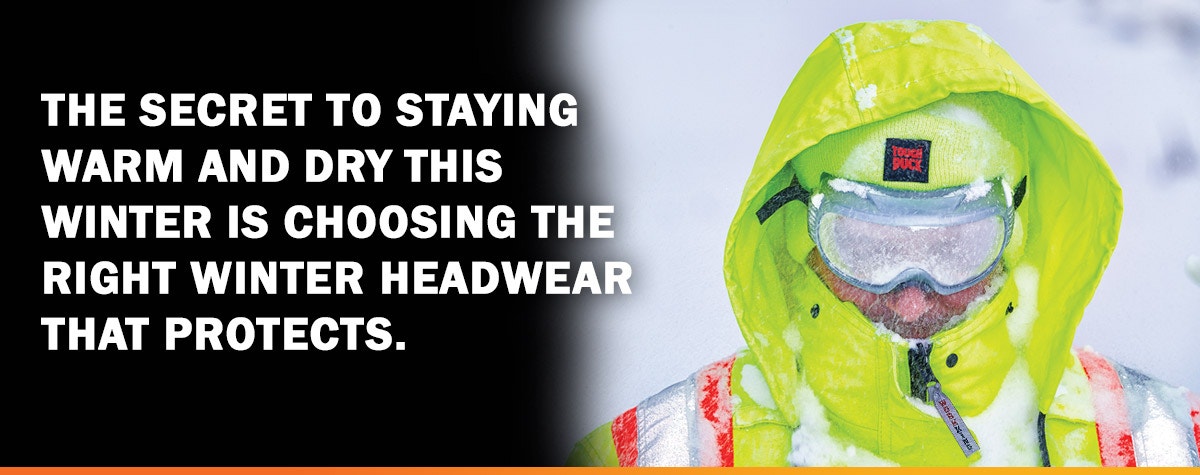
It’s cold outside. Don’t forget your hat and mittens!
Chances are, you remember being told this as a child. Every time you step out into the frosty air and don’t heed those warnings, there’s a little bit of rebellion that floods through your veins. I don’t need some silly hat and mittens, you say. Childish rules apply to children, you think to yourself as you head out the door in a flimsy sweatshirt — only to find yourself shivering midday.
Well, HiVis Hank has something to say about it.
Put your hat and mittens on!
See, he doesn’t care if you’re four years old or forty. When the temperature plummets to near freezing conditions outside you need to suit up or suffer the consequences. So, whether you work outside in the elements or inside in cold environments, he’s going to share a few reasons why protecting yourself this winter is critical to your health and productivity.
Anytime you are working in cold conditions, you put your safety at risk. Snow, sleet, rain and freezing temperatures can quickly lead to cold-related illnesses and those risks multiply if you have any pre-existing health or medical issues. That’s why it’s so important to know your body and know the warning signs of cold stress. Some dangers you may experience working in cold environments include:
Hypothermia is when a person’s body temperature falls below 95°F. Hypothermia can happen even in mildly cold conditions, especially if a worker becomes wet or damp.
Frostbite is when the skin and underlying tissues begin to freeze from cold temperatures. The colder it is, the faster frostbite can do serious damage to extremities like hands, feet and even your ears.
Loss of body heat is a concern in cold, wet conditions — especially when headwear, gloves, footwear or clothing becomes wet. When workers lose critical body heat, the risk of cold-related illnesses skyrocket.
Poor visibility is common during the winter months and is magnified by conditions like fog, wind, limited sunshine, snow and ice. That’s why it’s so important that outdoor workers have the proper high visibility clothing and apparel they need to stay visible in any kind of setting, especially near high traffic areas or heavy equipment.
Read HiVis Hank’s advice on staying safe in HiVis Supply’s Cold Weather Guide to Cold Stress Prevention.
Understanding Different Types of Winter Headwear
Before HiVis Hank knew all about winter safety, he was forced to take shelter from the cold in abandoned barns and haylofts. Fortunately, he found that there's a better way to stay warm and dry. The better solution is winter headwear and there are several ways to keep your head, ears and neck warm this winter. Some of the most common types of winter headwear include:
Balaclava
For frigid conditions, a balaclava may be your best best for complete head and face protection from the elements. Balaclavas are a form of headwear that is close-fitting and covers the whole head and part of the face, exposing usually only the mouth and eyes.
Stretch Caps
Get extra warmth during the winter months with hard hat stretch caps. While there are winter liners that can be used safely under your hard hat, this one sits on top of your hard hat without impeding the fit of your head protection.
Hats & Caps
Keep your head toasty warm with winter hats and caps. Different options exist that can not only offer extra warmth with or without a hard hat, but also high visibility protection and style as well.
Trapper Hats
If rugged durability is more your style, trapper hats are a great way to stay warm in extra icy conditions. Otherwise known as a bomber hat or aviator hat, the trapper hat has signature ear flaps that can be turned up or down depending on the warmth factor you’re looking for.
Warming Accessories
What if you’ve bundled up, but you still can’t shake the chill? Natural warmers are a fast and effective way to get an extra burst of warmth. Some winter headwear has little pockets where you can place oxygen-activated warming pack. Plus, you can keep them in your pockets or slip them inside your boots too.
Look for these 7 qualities in your winter head gear:
- Water-Resistant
Look for winter headwear that is water-resistant and repels moisture and keeps you dry in rain or snow. - Wind-Resistant
Look for winter headwear that has a wind barrier that prevents cold air from pushing through your headwear and reaching your skin. - Flame-Resistant
Winter headwear that is also flame-resistant (FR) offers added protection from other occupational hazards like flame, fire and explosion. - Insulated
Insulated headwear provides a reliable barrier against wind and cold conditions and keeps you warm and toasty. - Reflective Accents
For high visibility protection in cold weather situations, look for winter headwear that has reflective properties. That way you can stay seen and stay warm and safe. - Moisture Wicking
Even when it’s cold outside, you may work up a sweat throughout the day. Choose winter headwear that offers moisture-wicking capabilities that wick away sweat and keep your head, neck and face dry. - Secure Fit and Workability
Bulky or loose winter headwear is not only cumbersome, it’s dangerous. Look for headwear that fits snug to your head and doesn’t interfere with other safety equipment like your hard hat.
For more winter tips straight from HiVis Hank, read his 8 Tips for Keeping Warm on the Jobsite.
For any other questions on choosing the best winter headwear, visit us at hivissupply.com and we’ll get you squared away.




